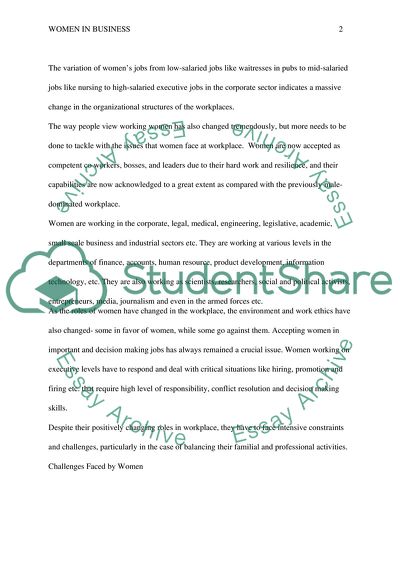Cite this document
(The Dynamics of Workplace - Women in Business Research Paper, n.d.)
The Dynamics of Workplace - Women in Business Research Paper. Retrieved from https://studentshare.org/human-resources/1754927-progression
The Dynamics of Workplace - Women in Business Research Paper. Retrieved from https://studentshare.org/human-resources/1754927-progression
(The Dynamics of Workplace - Women in Business Research Paper)
The Dynamics of Workplace - Women in Business Research Paper. https://studentshare.org/human-resources/1754927-progression.
The Dynamics of Workplace - Women in Business Research Paper. https://studentshare.org/human-resources/1754927-progression.
“The Dynamics of Workplace - Women in Business Research Paper”, n.d. https://studentshare.org/human-resources/1754927-progression.


